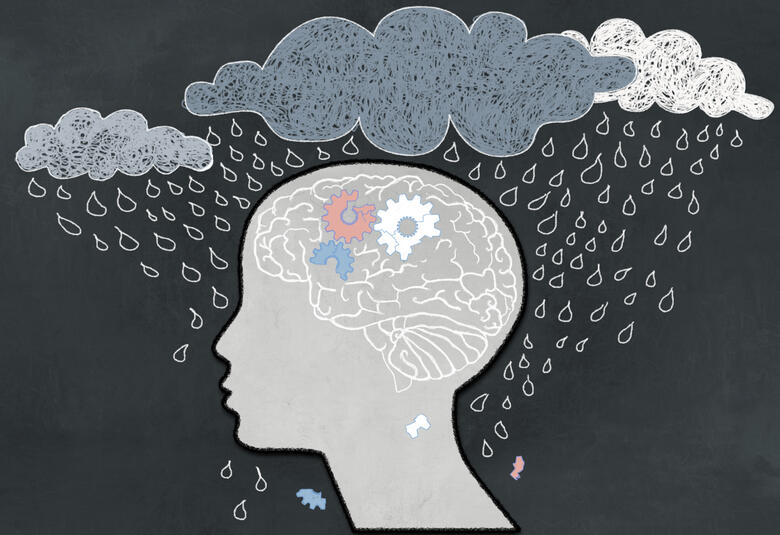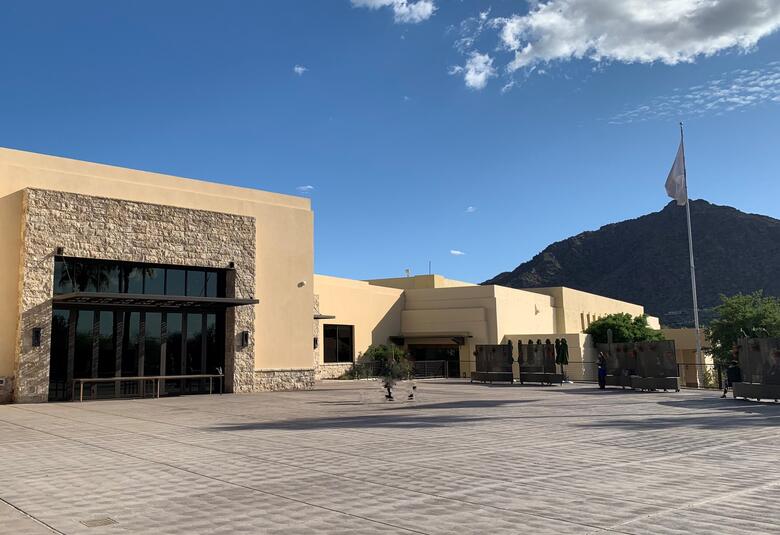Speaking at #ASHAM21, Dr Stephanie Nahas, Thomas Jefferson University, identified that only a minority of people with migraine who are eligible actually take an oral preventive treatment for migraine. Reasons given by patients for not taking preventives were poor tolerability, lack of efficacy or both. For people living with migraine, the desire to return to function is a primary priority for both preventive and acute treatment.
Shortfall in preventive medicine identified
Even though a 2019 position statement from the American Headache Society advocates for preventive treatment in people with migraine and ≥4 monthly headache days (MHD) regardless of level of disability,1 studies show that only a minority of people eligible actually take an oral preventive treatment for migraine.2,3
Only a minority of people eligible actually take a preventive treatment for migraine
At #ASHAM21, Dr Nahas presented results from the Chronic Migraine Epidemiology and Outcomes (CaMEO) web-based survey of people with migraine (N=16,789) conducted in 2012–2013. Among respondents, 40% of people with migraine reported at least 4 MHDs and less than 10% of respondents who were potentially preventive-eligible were currently using an oral preventive.3
The CaMEO study found, in agreement with previous studies, that among those people who do take a migraine preventive, many cycle through medications or do not adhere to preventive treatments due to poor tolerability, lack of efficacy or both.3-6 Around half of people who had ever tried an oral preventive discontinued use, with 40% citing either safety and tolerability concerns or that the medication did not prevent enough headaches; among current users nearly 70% continued to have at least 4 MHDs.3
Many people with migraine do not adhere to oral preventive treatments due to poor tolerability, lack of efficacy or both
Substantial management gaps among people with migraine who had never used preventive medicine were identified in the CaMEO study. Two-thirds of never users reported moderate to severe disability, and 40% reported depression or anxiety.3
Although most respondents in the CaMEO study had never used an oral preventive, many were interested in trying prevention with greater interest in oral versus injectable treatment options.
Patient expectations of preventives
The expectations from acute and preventive treatments among people living with migraine were captured as part of the Migraine Clinical Outcome Assessment System (MiCOAS) qualitative study presented in a poster at #ASHAM21.7
“I know there’s no cure, but if I can reduce the number of monthly headache days by half that’s a benefit to me.”
By conducting phone and web-based interviews with 40 people with migraine, Dr Gerstein and colleagues identified that return to function is a primary priority for both preventive and acute treatment among people with migraine.7
Participants desire to function and maintain productivity at home, school, work and in social settings was the main driver for other commonly-expressed priorities for acute or preventive treatment, including rapid pain and symptom relief, substantial reduction in migraine attack frequency and improved cognition.
Our correspondent’s highlights from the symposium are meant as a fair representation of the scientific content presented. The views and opinions expressed on this page do not necessarily reflect those of Lundbeck.




